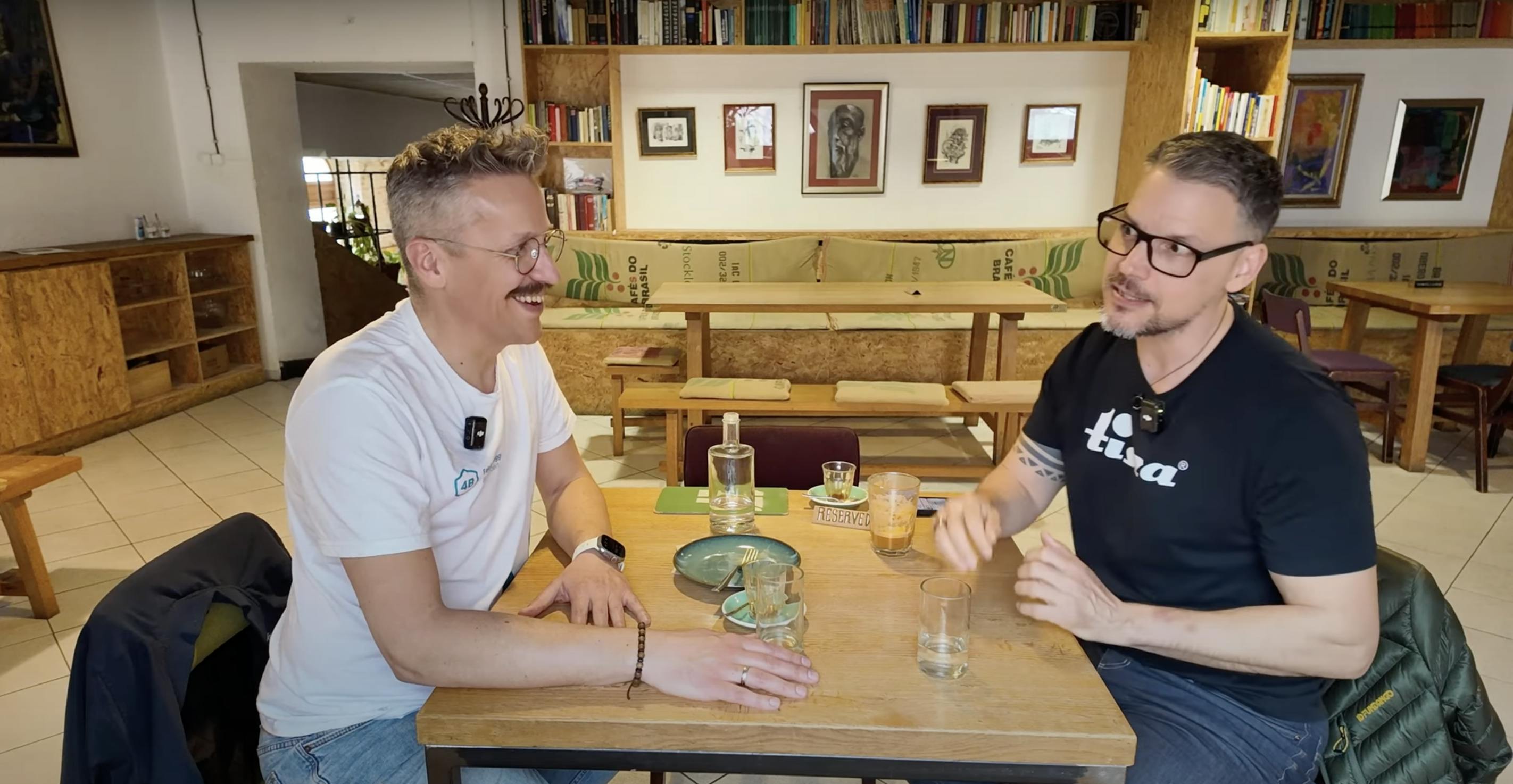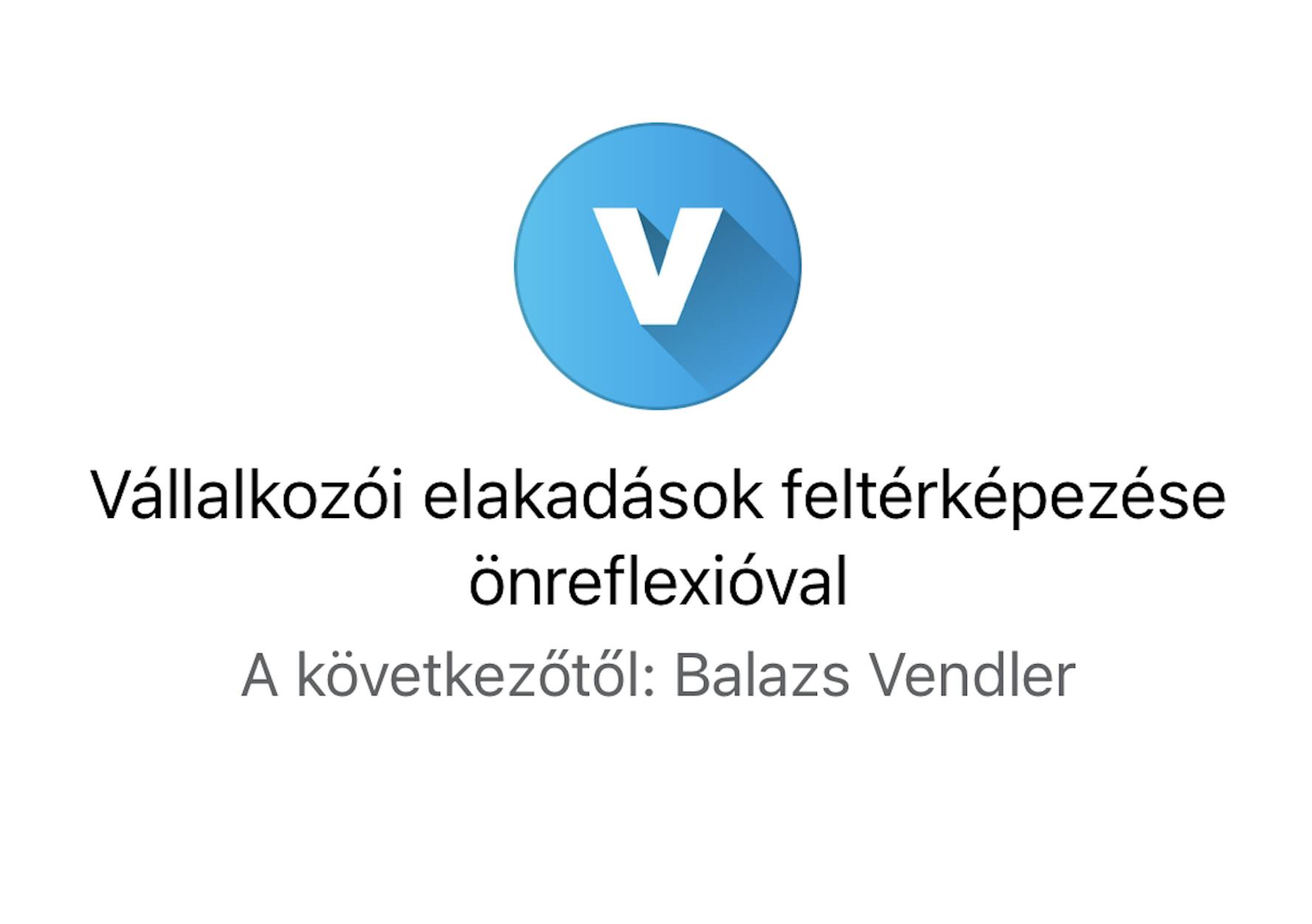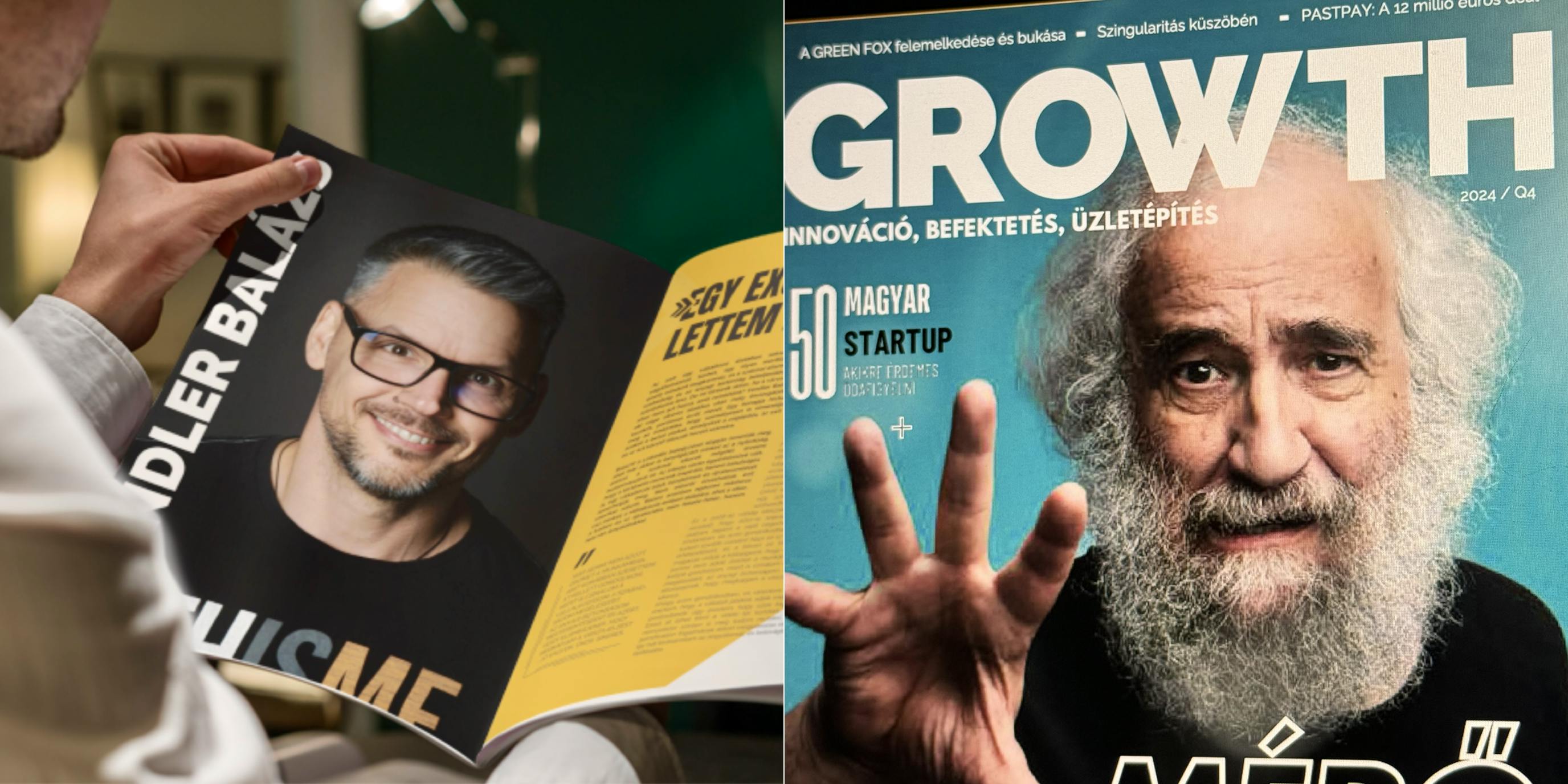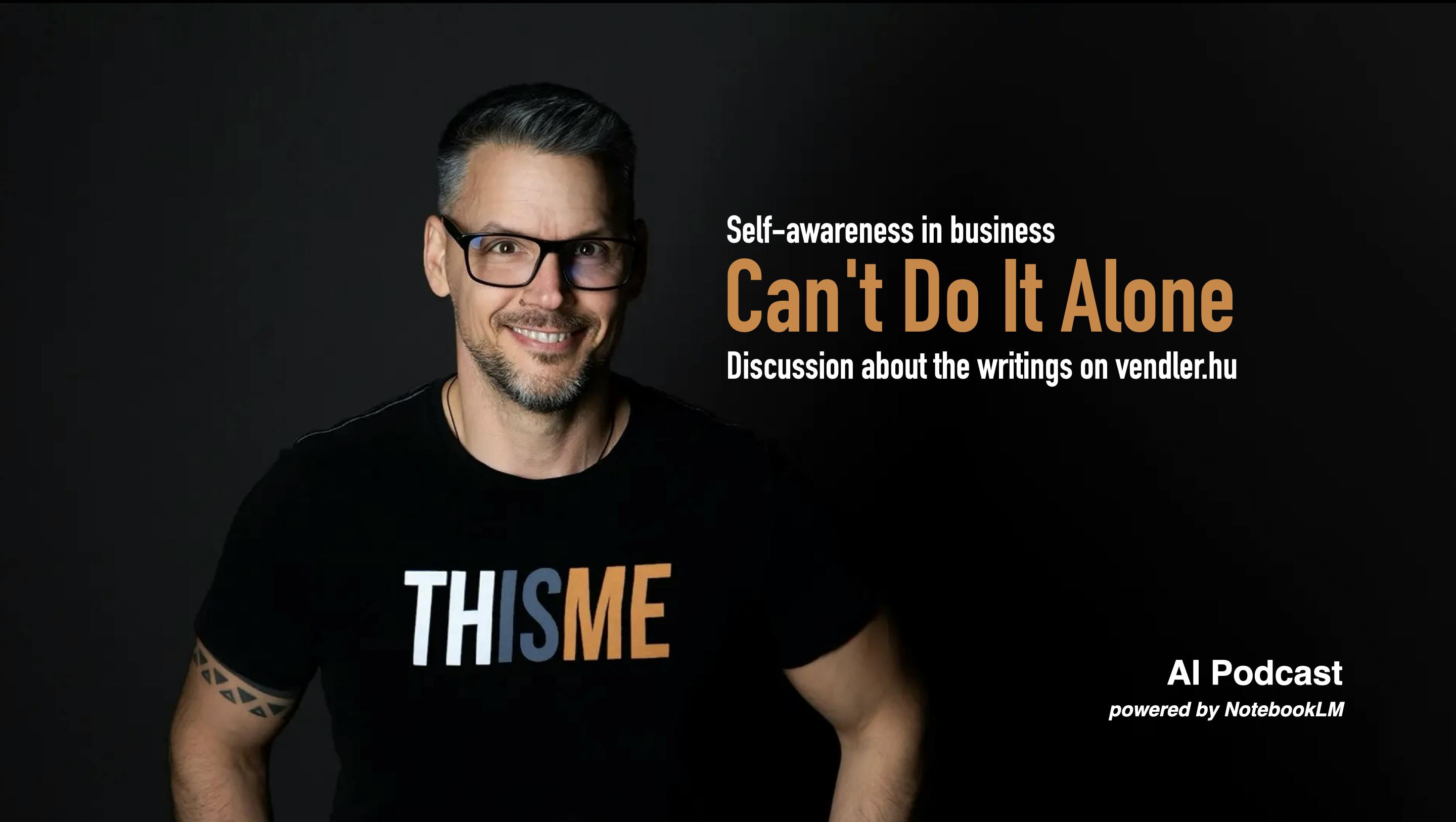
Resistance
2025.02.14.
"Pay What You Think It’s Worth" Business Model and the Waves It Creates...
It’s been almost a year since I started experimenting with various alternative business models. Some initiatives are working well, while others—I still don’t know what their fate will be...
Yesterday, I wrote an article about one of them, titled Reciprocity. As I read the messages and comments on LinkedIn and under my Facebook post, I realized it might be useful to summarize how this pay-what-you-think-it’s-worth model actually works. Because it’s a very simple concept—it’s not a tip, not a gift, it’s completely transparent, and there are multiple points of discussion.
And what’s crucial in evaluating the entire process: I never pitch myself to anyone. Every negotiation starts with the client reaching out to me because they want something.
- First, you think through your problem and whether you believe I could help.
- If you don’t have a problem or don’t think I could help, you won’t even contact me.
- If the answer is yes, then consider how significant the problem is and what you would gain if it were solved.This is worth doing anyway, as it lays the foundation for consciously working on your issue. Sometimes, it turns out that the problem isn’t actually a business issue—it’s just a personal block.
- Then, based on this, assess the likelihood and risk of the solution I could provide. Do you believe I have the relevant knowledge and experience? I think this is a fundamental step—after all, this is how we choose suppliers and professionals in traditional business models too.
- Now, you determine the price. You, not me. That’s the only thing that’s different from the conventional way. Believe me, I truly don’t care about the amount you propose. I’m not interested in the number—I’m interested in your reasoning. Someone once offered me not money, but an object that was deeply valuable to them as a way of reciprocating my help. I accepted it.
- Once you have your offer, we discuss it. I’ll have questions, but only to understand the logic behind your decision.
- If, after this discussion, we both agree, we sit down to talk about the problem.
- At the end of the conversation, you decide whether you received help and what kind. Based on that, you pay whatever you think is fair—even if that means nothing at all.
Can you do this in a traditional business model? If your hairdresser gets your color wrong, or your meal isn’t as good as last time, can you pay less? No—you either quietly accept it or complain that it’s not what it used to be...
I take this risk and accept that I might receive nothing. But I only sit down to talk with you if I trust you.
Do the same. Or don’t—it’s your choice.
--
The article was translated from Hungarian to English by ChatGPT. Thank you, ChatGPT, for being here.




















